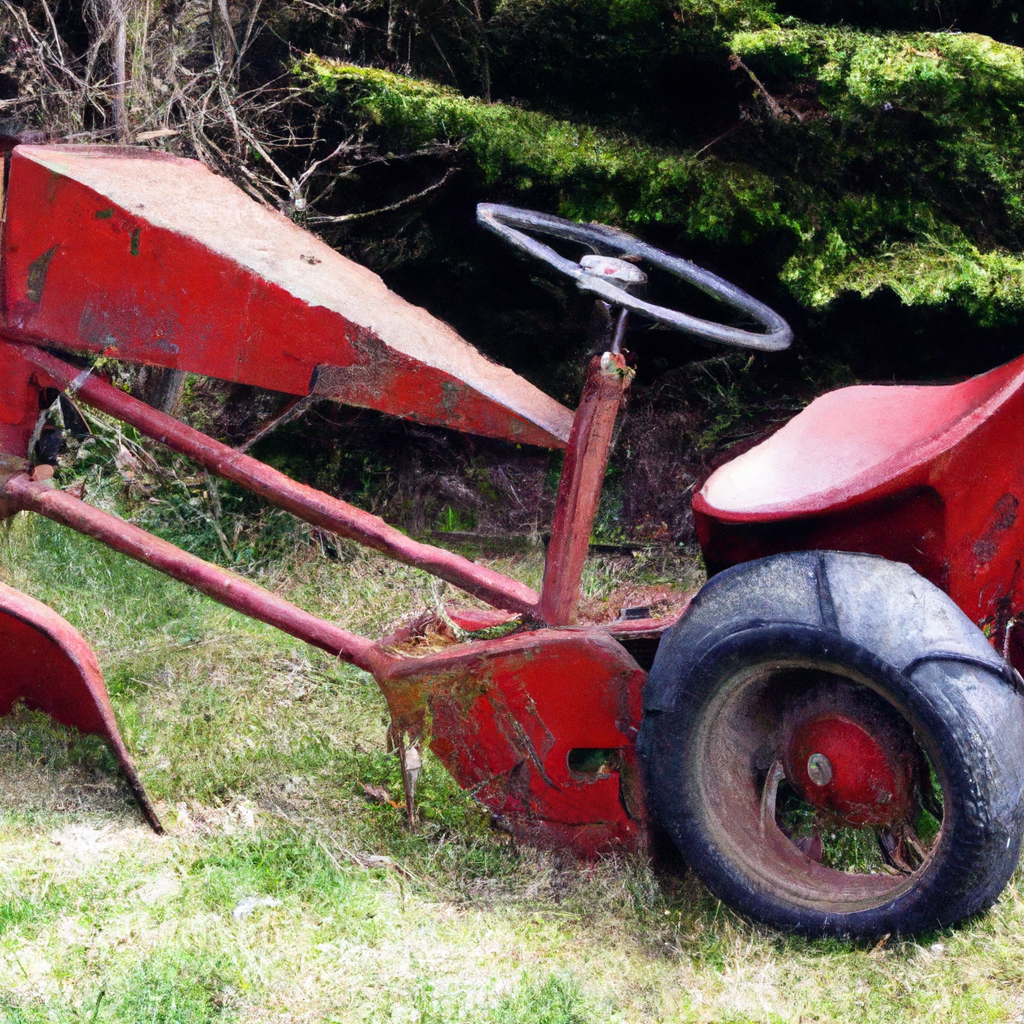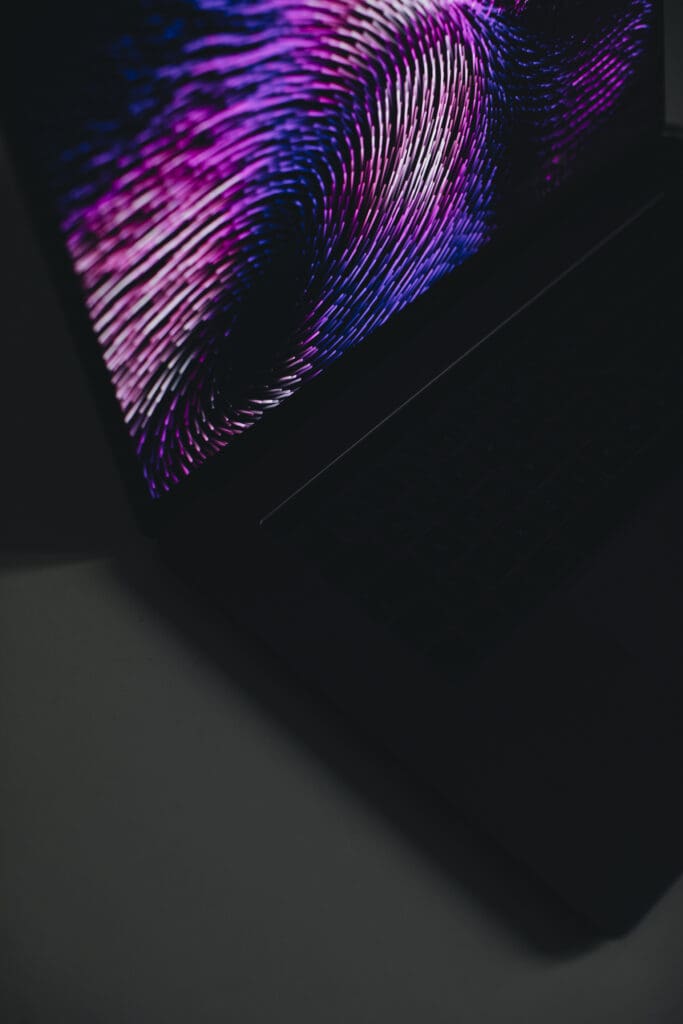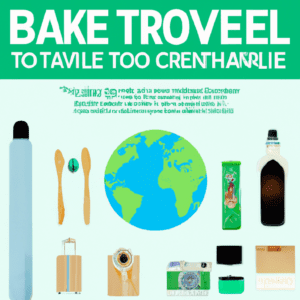Imagine a world where creativity meets sustainability, where discarded items are transformed into exquisite pieces of art, and where you hold the power to make a positive impact on the environment. Welcome to the realm of upcycling, a movement that celebrates repurposing and reinventing materials, breathing new life into old objects. In this article, we will embark on a journey to unveil the wonders of upcycling, empowering you to kickstart your very own sustainable DIY projects. With a little imagination and a touch of ingenuity, you’ll discover how simple it can be to transform everyday items into treasures that not only benefit the planet but also fill your life with joy and fulfillment. So, grab your tools and let’s dive into the world of upcycling together.


Understanding Upcycling
What is upcycling?
Upcycling is the process of taking old or discarded materials and transforming them into something new and useful. Instead of throwing these items away or recycling them, upcycling gives them a second life by utilizing their existing qualities and incorporating them into creative projects. It involves repurposing and reimagining the potential of these materials, thereby reducing waste and promoting sustainability.
Difference between upcycling and recycling
While upcycling and recycling both aim to reduce waste and contribute to a more sustainable lifestyle, there is a distinct difference between the two. Recycling involves breaking down materials and using their raw components to create new products. On the other hand, upcycling focuses on finding creative ways to transform and repurpose existing items without breaking them down completely. Upcycling celebrates the unique characteristics of each material and aims to enhance their value through innovative design and functionality.
Benefits of upcycling
There are several noteworthy benefits to embracing upcycling as a sustainable practice. Firstly, upcycling reduces the amount of waste sent to landfills, contributing to a cleaner environment. By repurposing materials, you prevent them from ending up in already overflowing landfills and help conserve valuable resources. Additionally, upcycling promotes creativity and innovation by challenging individuals to think outside the box and find new uses for old items. It also provides an opportunity to personalize and customize your belongings, creating unique and one-of-a-kind pieces. Furthermore, upcycling often proves to be a cost-effective alternative to buying new items, as it allows you to make the most of what you already have.
Exploring Sustainable DIY
What is sustainable DIY?
Sustainable DIY, also known as Do-It-Yourself, involves creating and making things yourself using eco-friendly and repurposed materials. It is a way of engaging in creative projects while reducing your environmental impact. By embracing sustainable DIY, you take control of the production process and have the opportunity to make conscious choices that align with your values and beliefs. Sustainable DIY encompasses various areas, including upcycling, repurposing, and using natural and eco-friendly materials.
Why is sustainable DIY important?
Sustainable DIY is significant because it empowers individuals to actively participate in reducing waste and promoting sustainable practices. By undertaking DIY projects, you can minimize your reliance on purchasing new items and instead find creative solutions using materials that might otherwise be discarded. Sustainable DIY also encourages self-sufficiency and self-expression, allowing you to create unique and personalized items that reflect your individual style. Furthermore, it serves as a platform for education and awareness, inspiring others to adopt more sustainable practices and fostering a sense of community and shared responsibility.
Benefits of sustainable DIY
Engaging in sustainable DIY projects offers numerous benefits. Firstly, it encourages resourcefulness and creativity, as you learn to make the most of what you have and find innovative ways to repurpose materials. Sustainable DIY also promotes a sense of accomplishment and satisfaction, as you witness the transformation of discarded items into functional and aesthetically pleasing pieces. Moreover, by embracing sustainable DIY, you contribute to reducing your carbon footprint and conserving natural resources. This practice also allows you to save money by reducing consumption and making use of existing materials, ultimately benefiting both your wallet and the environment.
Finding Inspiration for Upcycling Projects
Online platforms for upcycling ideas
The internet is a treasure trove of inspiration when it comes to upcycling projects. Various online platforms provide a wealth of ideas, tutorials, and DIY project showcases. Websites like Pinterest and Instagram are particularly popular for upcycling enthusiasts, as they offer a vast array of visuals and step-by-step instructions. You can find inspiration for upcycling projects ranging from furniture makeovers to small home decor items. Many creative individuals also share their upcycling journeys on platforms like YouTube, where you can watch tutorials and learn from their experiences.
Community and social media groups
Engaging with online communities and social media groups dedicated to upcycling can be a great way to find inspiration and connect with like-minded individuals. Facebook groups, Reddit forums, and online forums specifically focused on upcycling provide a space for sharing ideas, seeking advice, and showcasing your projects. These communities often foster a supportive and encouraging environment, encouraging creativity and collaboration. By joining these groups, you can tap into a network of individuals passionate about upcycling and gain valuable insights and feedback on your own projects.
Exploring thrift stores and flea markets
For those who prefer a hands-on approach to finding inspiration, visiting thrift stores and flea markets can be a treasure hunt of upcycling potential. These venues often offer a wide variety of used and vintage items that can be transformed into unique pieces through upcycling. From old furniture pieces to vintage clothing, exploring these spaces allows you to see the potential in items that others might overlook. It also provides an opportunity to support local businesses and contribute to a circular economy by giving these items a new lease on life.
Common Materials for Upcycling
Repurposing wood
Wood is a versatile and commonly used material in upcycling projects. By repurposing old wooden furniture, pallets, or even discarded wooden pieces found in nature, you can create stunning and functional items. Wooden pallets, for example, can be transformed into stylish coffee tables or storage shelves by sanding, painting, and creatively arranging the boards. Old doors can be upcycled into unique headboards or repurposed as tabletops. With a little creativity and some basic woodworking skills, the possibilities for upcycling wood are endless.
Transforming glass and bottles
Glass and bottles can also be repurposed in various creative ways. Empty glass jars, for instance, can be transformed into beautiful candle holders, storage containers, or even terrariums. By adding paint, embellishments, or repurposed materials such as fabric or rope, you can create unique and eye-catching pieces. Wine bottles can be turned into vases, lamp bases, or even decorative centerpieces by cutting, painting, or etching the glass. The transparency and versatility of glass and bottles make them ideal materials for upcycling, allowing you to add a touch of elegance and charm to your projects.
Creative uses for old textiles
Textiles, such as old clothing, linens, or curtains, offer endless possibilities for upcycling projects. You can repurpose fabric scraps into patchwork quilts or create unique accessories like tote bags, scarves, or throw pillows. Old t-shirts can be transformed into vibrant rugs or woven into macrame wall hangings. By exploring different sewing techniques and experimenting with fabric dyes or tie-dye methods, you can breathe new life into these textiles and create personalized and sustainable additions to your home or wardrobe. The abundance of colors, patterns, and textures in old textiles provides ample scope for creative expression and upcycling potential.
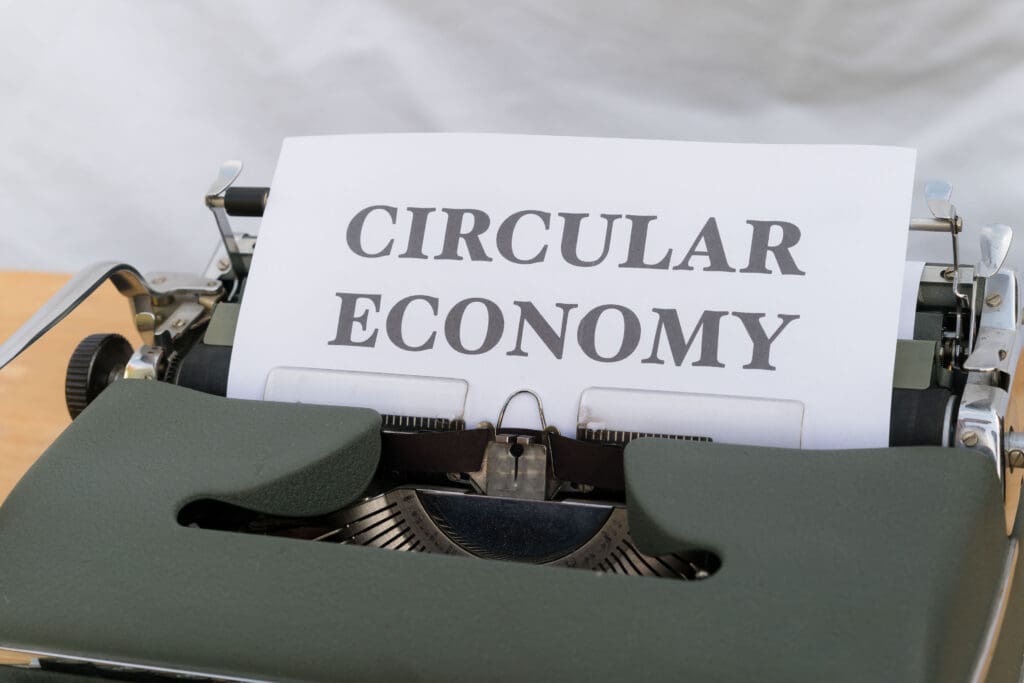

Essential Tools and Equipment
Basic tools for upcycling
When it comes to upcycling, having a set of basic tools is essential. These tools include items such as hammers, screwdrivers, pliers, and adjustable wrenches. They help with disassembling, repairing, and repurposing various materials. A cordless drill with different drill bits is also invaluable for drilling holes or attaching hardware. A sturdy workbench or table is necessary for stabilizing projects, and clamps can provide additional support when needed. Additionally, having a good quality set of paintbrushes, sandpaper, and painter’s tape is crucial for transforming the appearance of items through painting or refinishing.
Advanced equipment for specific projects
Depending on the complexity of your upcycling projects, you may occasionally require more specialized tools and equipment. For example, if you plan to work with metal, investing in a welding machine or an angle grinder might be beneficial. If you frequently upcycle furniture, a jigsaw or circular saw can assist with precision cutting and shaping. Advanced sewing machines may be necessary for intricate textile upcycling projects. However, it is important to assess your needs and project requirements before investing in expensive equipment. Remember that creativity and resourcefulness are key aspects of upcycling, and you can often find alternative ways to achieve your desired results.
Safety precautions
When engaging in upcycling projects, it is vital to prioritize safety. Always wear appropriate protective gear, such as safety goggles, gloves, and a dust mask, when working with potentially hazardous materials or tools. Ensure that your workspace is well-ventilated and adequately lit. If using power tools, read and follow the manufacturer’s instructions carefully to prevent accidents and injury. Take breaks when needed to avoid fatigue, and keep your workspace organized and free of clutter to minimize the risk of accidents. By adopting safe practices, you can fully enjoy the upcycling process and create without compromising your well-being.
Getting Started: Simple Upcycling Projects
Repurposing old jars into storage containers
One of the easiest and most popular upcycling projects is transforming old jars into stylish storage containers. Simply clean out any residual contents or labels from the jars, and they are ready for a makeover. You can paint the lids in vibrant colors, add decorative knobs or handles for a touch of elegance, or wrap them in twine for a rustic look. These repurposed jars can be used to store spices in the kitchen, organize office supplies on a desk, or hold cotton balls and Q-tips in the bathroom. The possibilities are endless, and this project is a great introduction to upcycling for beginners.
Creating unique planters from household items
Give your indoor or outdoor garden a unique touch by upcycling household items into planters. Old teapots, coffee cans, or even worn-out shoes can be transformed into creative and eye-catching homes for your plants. Simply ensure there are drainage holes or add a layer of gravel at the bottom for proper water drainage. Paint or decorate the exteriors to match your style, and fill them with soil and your favorite plants or flowers. These unconventional planters add a whimsical touch to any space and demonstrate that even the most ordinary items can have a new purpose.
Upcycling clothing and accessories
Refresh your wardrobe and express your creativity by upcycling old clothing and accessories. Instead of throwing away a worn-out t-shirt, consider turning it into a trendy tie-dye masterpiece or cutting it up to create a unique tote bag. Transform outdated jeans into stylish shorts or skirts, add embroidery or patches to revamp a plain jacket, or repurpose fabric scraps into colorful headbands or scrunchies. With a sewing machine or even basic sewing skills, you can unleash your inner fashion designer and create personalized pieces that reflect your style and values.
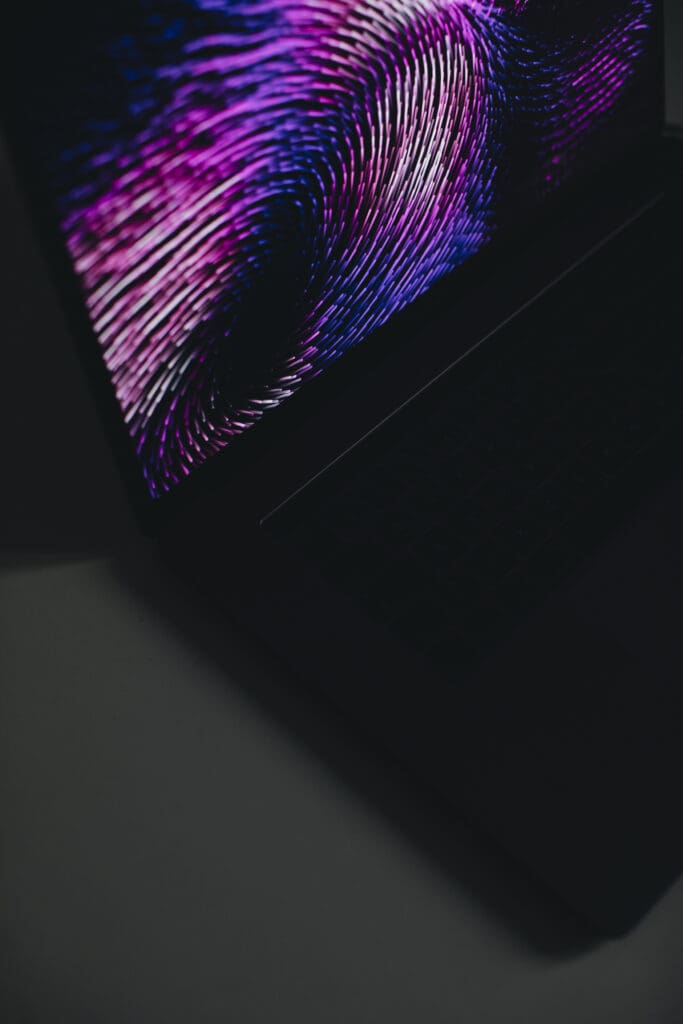

Intermediate Upcycling Projects
Furniture upcycling techniques
Take your upcycling skills to the next level by tackling furniture projects. Update old wooden chairs by sanding them down and applying a fresh coat of paint or varnish. Repurpose a vintage dresser into a unique kitchen island by adding a countertop and some hooks for hanging utensils. Turn an outdated side table into a stylish bar cart by attaching wheels and giving it a new finish. The world of furniture upcycling is full of possibilities, and by combining your creativity with some basic woodworking skills, you can transform these pieces into statement-worthy additions to your home.
Repurposing electronics
Electronic items often become obsolete or stop working over time, leaving us with unused devices gathering dust. Instead of letting them go to waste, explore the world of upcycling by repurposing these electronics. For example, an old record player can be transformed into a unique tabletop storage unit or transformed into a functional Bluetooth speaker. Repurpose a vintage typewriter as a decorative piece or turn it into a keyboard for your computer. With some research and creativity, you can give these forgotten electronic items a new purpose and breathe new life into them.
Transforming old frames into new decor
Empty picture frames, whether old or worn, can be transformed into stunning, one-of-a-kind pieces of decor. Remove the glass and backing, and unleash your creativity. By attaching chicken wire to the frame, you can create a rustic memo board for notes and photos. Wrap the frame with yarn or twine and add clips or clothespins for a unique photo display. Transform an old frame into a jewelry organizer by attaching hooks or wire mesh for hanging necklaces, earrings, and bracelets. The possibilities for repurposing old frames are limited only by your imagination, allowing you to showcase your individual style and creativity.
Advanced Upcycling Projects
Upcycling large items such as pallets
For those seeking a challenging and impactful upcycling project, working with large items like wooden pallets can be a rewarding endeavor. Pallets can be transformed into outdoor furniture such as benches, tables, or even a full lounge set. By disassembling the pallets, sanding them down, and utilizing your woodworking skills, you can create custom pieces that suit your specific needs and design preferences. Advanced techniques such as welding or carpentry may be necessary, but with patience and determination, you can repurpose these sturdy materials into functional and visually appealing additions to your outdoor living space.
Creating outdoor furniture from reclaimed materials
Embrace sustainability while sprucing up your outdoor space by creating furniture from reclaimed materials. Old doors can be transformed into beautiful outdoor dining tables or repurposed as garden benches. Reclaimed wooden planks can become seating areas or pergolas. Transform discarded bathtubs into unique planters or repurpose wooden crates into versatile storage units. By salvaging and repurposing materials that would otherwise end up in landfills, you can create inviting and eco-friendly outdoor furniture that showcases your creativity and commitment to sustainability.
Repurposing vintage items
Give vintage items a new lease on life by repurposing them into functional or decorative pieces. Vintage suitcases can be stacked and transformed into a retro-inspired coffee table or repurposed as storage for blankets and linens. Old ladders can be used as bookshelves or transformed into unique plant stands. Vintage alarm clocks or radios can become quirky nightstands or decorative accents. By combining your love for all things vintage with your upcycling skills, you can create conversation-starting pieces that add character and a touch of nostalgia to your home.
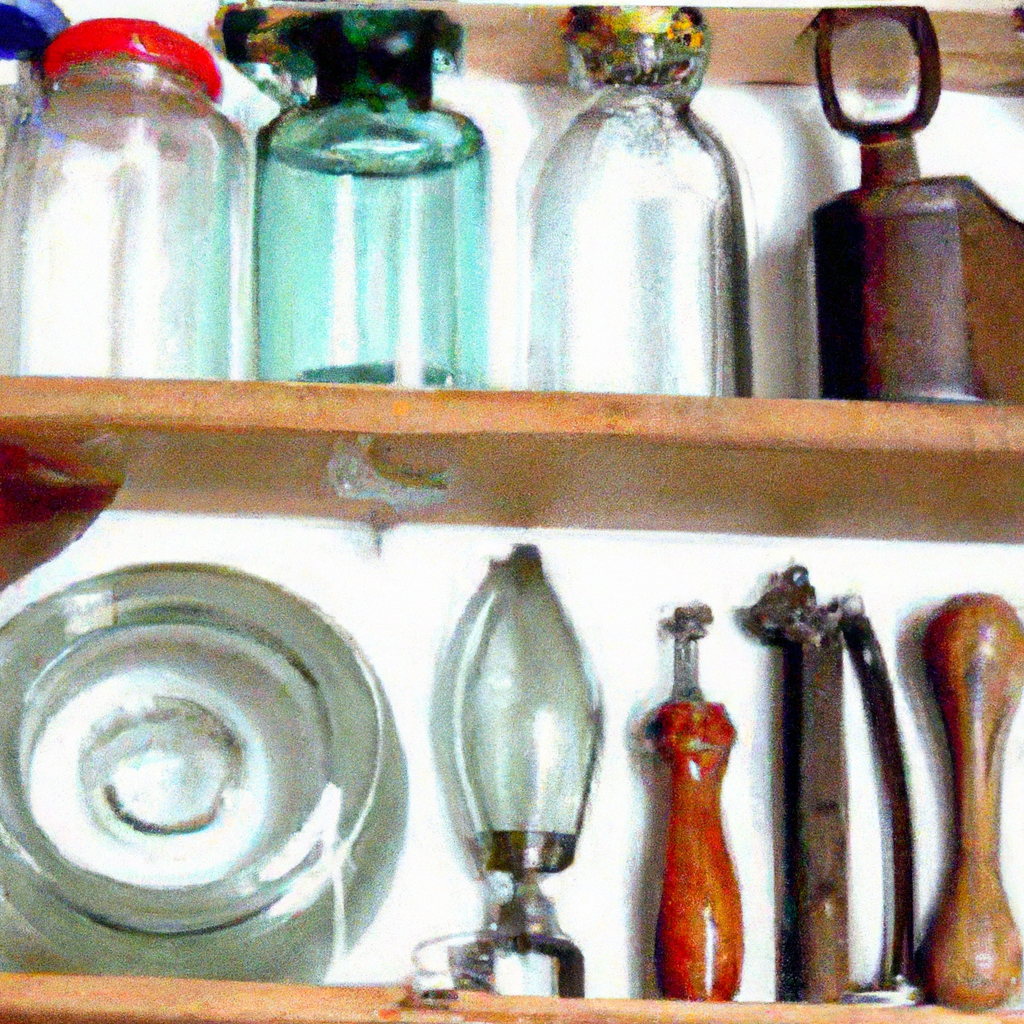

Troubleshooting and Tips
Dealing with common challenges in upcycling
As with any creative endeavor, upcycling projects can sometimes present challenges. One common challenge is finding the right materials. Thrift stores, flea markets, and online platforms can help with sourcing materials, but it may require some patience and creativity. Another challenge is ensuring structural stability and durability in your upcycled creations. Take the time to reinforce joints and connections, use appropriate adhesives, and consider any potential weight-bearing issues. It is also essential to consider functionality and practicality when repurposing items, ensuring that they serve a purpose and are not simply decorative. Lastly, embrace the opportunity to learn from any mistakes or setbacks, as they often lead to valuable insights and improved skills for future projects.
Tips for successful upcycling projects
To maximize your chances of a successful upcycling project, here are some helpful tips. Firstly, plan your project carefully. Take measurements, create sketches, and gather any necessary materials and tools before starting. Preparation is key to achieving the desired outcome. Secondly, be open to experimentation and take risks. Upcycling is a creative process that allows for trial and error. Embrace the unexpected, adapt as you go, and let your imagination guide you. Thirdly, remember to take breaks and pace yourself. Upcycling projects can sometimes be time-consuming, so allow yourself time to rest and step away when needed. Lastly, celebrate your achievements and share your projects with others. Embrace the sense of pride that comes from creating something unique and encourage others to embrace upcycling too.
Sharing resources and learning from the community
The upcycling community is an invaluable resource for both inspiration and guidance. Engaging with the community through online forums, social media, or local upcycling groups can provide a wealth of knowledge and support. Share your projects, seek advice, and learn from others’ experiences. The community often offers valuable insights, innovative ideas, and alternative perspectives on upcycling. By collaborating and sharing resources, you can continue to expand your skills and contribute to a positive and sustainable DIY culture.
Promoting Sustainability in DIY Projects
Choosing eco-friendly materials
When embarking on DIY projects, opt for eco-friendly materials whenever possible. Consider repurposing or upcycling old items before purchasing new materials. Use natural and sustainable materials such as bamboo, cork, or reclaimed wood instead of synthetic or non-recyclable alternatives. Choose paints, adhesives, and finishes that are low in volatile organic compounds (VOCs) and environmentally friendly. By consciously selecting sustainable materials, you can reduce your environmental impact and promote a greener approach to DIY.
Reducing waste in DIY projects
Minimize waste by planning your projects carefully and utilizing materials efficiently. Measure and cut materials accurately to avoid unnecessary waste. Consider repurposing or incorporating scraps into future projects rather than throwing them away. Donate or sell items that are no longer needed instead of adding to landfill waste. Additionally, seek out local recycling centers or organizations that accept specific materials, such as electronics, for proper disposal. By adopting a waste-conscious mindset, you can significantly reduce the ecological footprint of your DIY projects.
Encouraging others to embrace upcycling
Spread the word and inspire others to embrace upcycling and sustainable DIY practices. Share your successes and showcase the beauty and functionality of upcycled creations. Encourage friends and family to consider upcycling as a viable option before discarding items. Host workshops or demonstrations to teach others the art of upcycling. By creating a ripple effect and raising awareness about the benefits and possibilities of upcycling, you can inspire a larger movement towards sustainability and promote a circular economy.
In conclusion, upcycling offers a world of opportunities for creative expression while contributing to a greener and more sustainable lifestyle. By understanding the concept of upcycling, exploring sustainable DIY practices, finding inspiration, and acquiring the necessary tools and knowledge, you can embark on a journey of repurposing and transforming everyday items into unique and functional creations. Whether you start with simple projects or tackle more advanced endeavors, upcycling allows you to make a positive impact on the environment while indulging in your creative passions. So go ahead, unleash your imagination, and embrace the endless possibilities of upcycling. Your sustainable DIY journey awaits!
